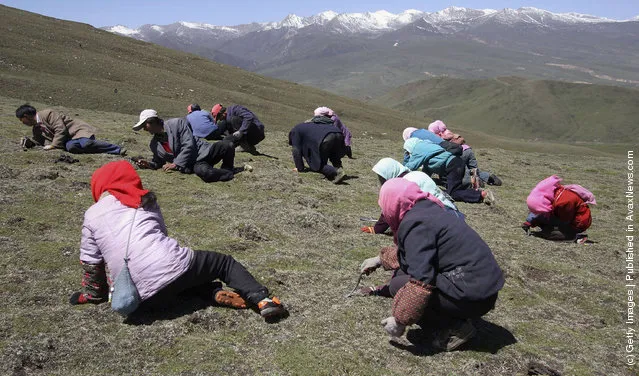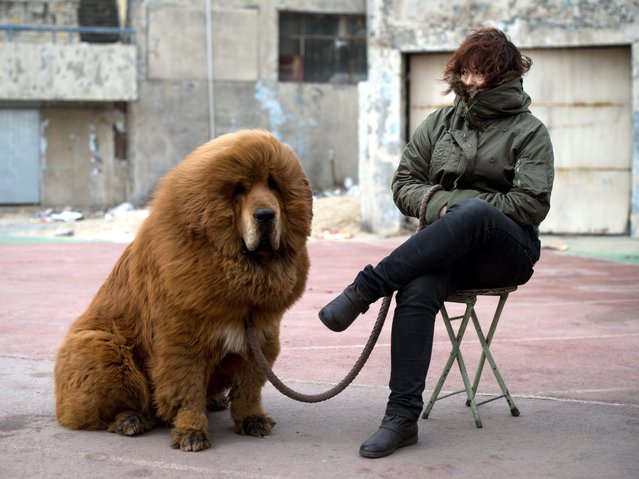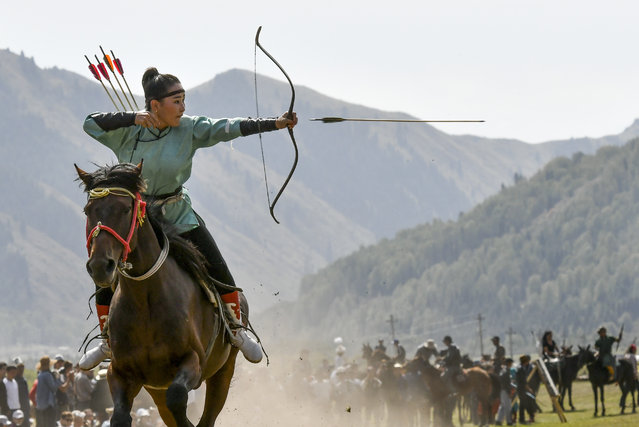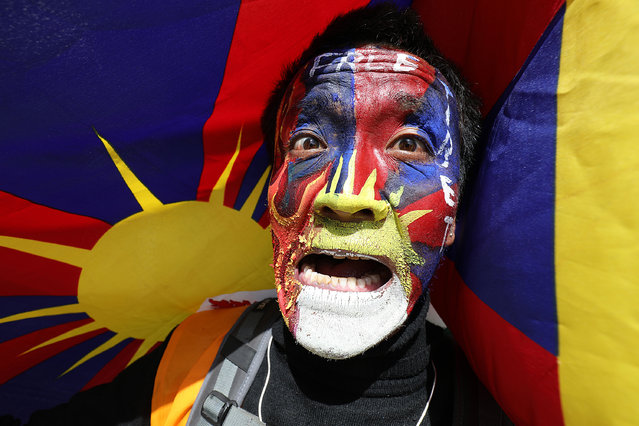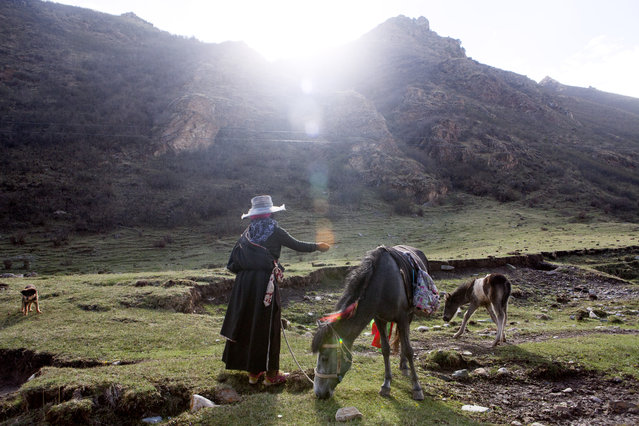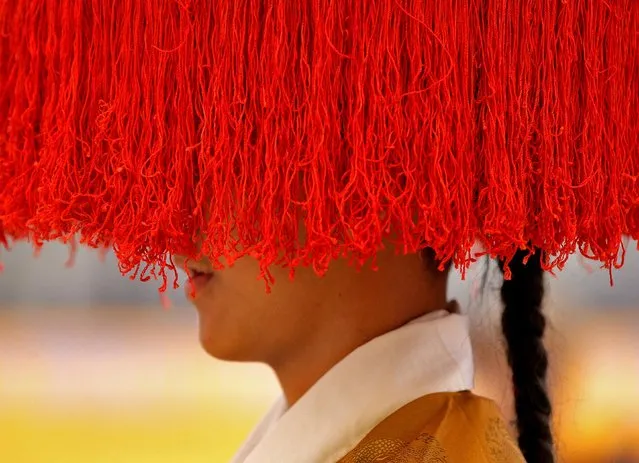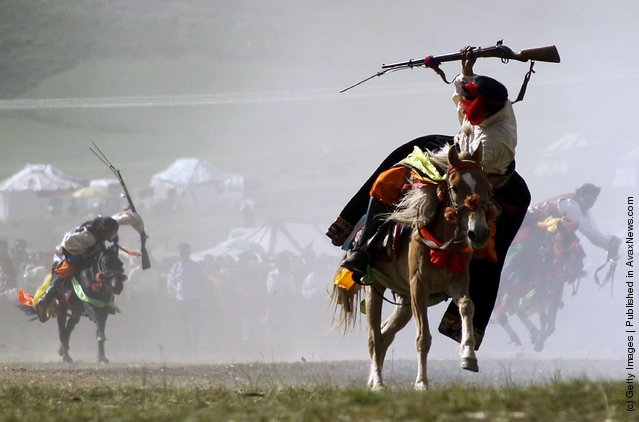
A Tibetan rider fires his weapon as he perfoms his riding skills at the Qinghai Yushu Horse Racing Festival on July 27, 2007 in Yushu County of Yushu Tibetan Autonomous Prefecture, Qinghai Province, northwest China. The Horse Racing Festival of Tibetan nomads in Yushu Prefecture falls in late July and early August on the Tibetan calendar. During the festival, various equestrian skills will be performed along with singing, dancing and costume shows. (Photo by China Photos/Getty Images)
03 Apr 2011 12:33:00,post received
0 comments

